It is not a given … Finding weight training exercises without equipment that are effective for the legs is a hassle. The legs are constantly solicited, while walking, during a run or even standing, they are very powerful muscles. Therefore, without additional load, it will be difficult to progress.
Fortunately, part of this can be remedied. You will not only find exercises to work all of your legs (glutes, quads, hamstrings and calves), but also some methods to intensify your sessions and make them productive.
If you’re lacking inspiration, three leg strength programs are waiting for you at the end of the article!
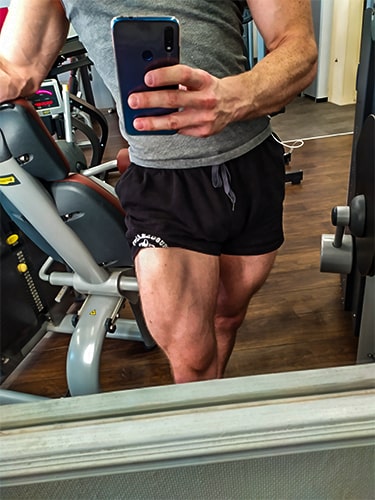
Summary:
- Polyarticular movements for the legs
- Quadriceps exercises
- Hamstring exercise
- Buttocks exercises
- Calf exercises
- Bodybuilding program for legs without equipment
Polyarticular exercises to build your legs at home
Before talking about isolation exercises, it is necessary to take stock of some polyarticular exercises that are easy to do without equipment. They allow you to work all of your leg muscles .
The basic exercises, without load, will be insufficient if your goal is to develop harmonious and firm legs. I encourage you to use intensification methods if the exercise is too easy. Indeed, the goal is not to play on the tension of stretching or contraction, but rather on muscle burn and congestion .
Let’s see what you can do.
1. The bodyweight squat
Impossible to talk about leg day without a squat. Although it is one of the most popular exercises, it needs to be talked about.
The squat is a very complete exercise, it allows you to work:
- Quadriceps
- Hamstrings
- Buttocks
- Calves
- Lumbar
- Abs
The advantage of doing squats without equipment rather than with weight is that the exercise will be much less dangerous. A person who does not have the morphology to squat in normal times can do it at bodyweight without the risk of exposing themselves to pathologies.
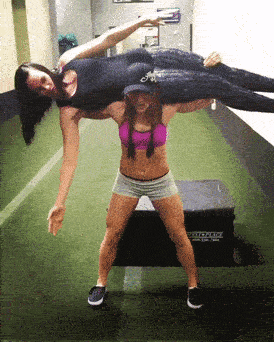
Even without a load, care must be taken not to round the back and to push with the heels.
The downside, however, is that without the additional load, the exercise is far from intense enough. It’s easy to do a 50ene one before you feel the first signs of fatigue. It all depends on your level.
If you’re way over 50, I recommend using intensification methods like pre-fatigue. That is, do a isolation exercise with the squat, without taking any time to rest. You are free to choose a gluteal, quadriceps or hamstring exercise. Personally, I like to start with the Sissy squat and finish with the Squat.
2. Lunges, an intense exercise
This is already more interesting! Slots are more suitable for me if you don’t have any material.
This is again a very complete exercise, the muscles used the most are:
- Quadriceps
- Hamstrings
- Buttocks
In fact, lunges are like a squat, except you perform one leg at a time and that’s the advantage! Working one leg after the other allows you to put 2x more stress on it, you gain intensity.
The downside is that it also takes 2x longer to do a set, it would be way too time consuming to use an escalation method. In this case, it is better to be content to do a series of sets with limited rest times, the opposite leg recovers while the other works.
There are many variations, including slipped lunges which allow for a movement much more suited to the way the body moves. In addition to that, you gain in amplitude, so do not hesitate to do it if the ground is smooth. A fabric under the support foot is enough to slide.
3. The Bulgarian squat, an alternative to work on your thighs
It’s a bit of an improved version of the slots. You gain amplitude as the back foot is raised.
The amplitude gain will allow you to put more stress on the glutes and hamstring .
Of course, the Bulgarian squat uses the same muscle groups as the lunges. I personally find the exercise with a dumbbell unstable. Without hardware, it is mostly a matter of taste. The main thing is to do the exercise you prefer and which does not hurt your joints.
Exercises for the front of the legs, the Quadriceps
I remember two isolation exercises for the quadriceps to do without equipment. The two complement each other, they allow you to work the different muscles of the quadriceps .
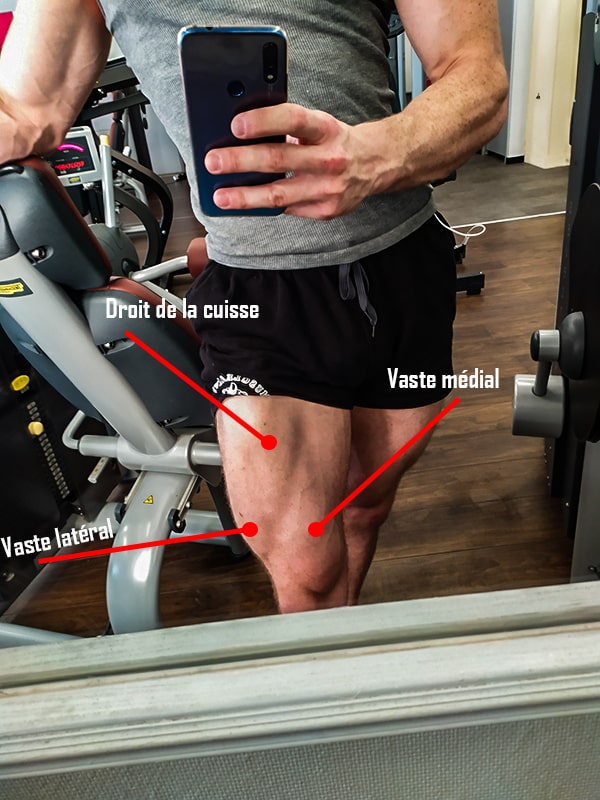
4. The Sissy Squat for firm quadriceps
An exercise that has deserted the gyms and yet is so interesting, this is my favorite.
You should know that in a classic squat, the more the knees will be thrown forward, the more the quads will be used . With a Sissy Squat we are just in this condition.
The burn is very intense. The more the bust is tilted back, the more difficult it will be. The idea is therefore to start with a large amplitude, the bust leaning very back and then bring it back according to the level of fatigue.
Unfortunately, this is not an exercise that can be done by everyone. I advise you not to do this if you have knee problems . The rule is still the same anyway. If you’re in pain, don’t force it, you have to stop and change.
5. Curve the thigh with Leg raises
The exercise that perfectly targets the right thigh (the top). It is an interesting exercise especially for warming up the legs before an effort.
A developed straight thigh gives a curvy profile, so it is important to linger there to have harmonious legs. Moreover, this is a portion too often overlooked by bodybuilders.
If you have so-called carrot-shaped legs (much larger at the top than at the bottom), this exercise is unnecessary. In this case, it is better to go after the sissy squat.
The more straight the leg, the more difficult the exercise. It may be beneficial to start with your leg straight and bend it when fatigue arrives to continue. As with lunges, it is best to do a series without rest, especially when the intensity of the effort is low.
Exercise for the back of the legs, the hamstrings
The hamstrings are often neglected in favor of the quadriceps. Yet the hamstring is an important muscle, it:
As with the back, these are muscles that you can’t see. Because of this, it is more difficult to feel them if no motor training has been done. This lack of feeling makes the first sessions frustrating, you have to allow time to do things.
6. Strengthen your hamstrings with the Glute Ham Raise
The Glute Ham Raise is a great exercise for learning to recruit and feel the hamstrings .
Without equipment, it is possible to perform the exercise by locking the ankles. The goal is to hold the descent as long as possible (known as SuperLent) before going back up using the arms.
In addition to feeling better, doing Glute Ham Raise in SuperLent is much less traumatic on the nervous, joint and tendon levels.
Be careful though with the working range. Depending on the length of your muscles, you will have to go up before, so as not to over-stretch them. With experience, you will be able to know your range of work.
A number of variations exist to facilitate the exercise, I planned to film this!
Firm your buttocks for a harmonious physique
Regarding the glutes, we will focus on three exercises that allow you to work all the muscles of the buttocks.
The gluteal muscles are used in a lot of exercises. Dwelling on it too much to have a big butt doesn’t have to be helpful. It is especially the length of the muscles and the deportation of the iliac bone that gives a “bulging buttocks” effect.
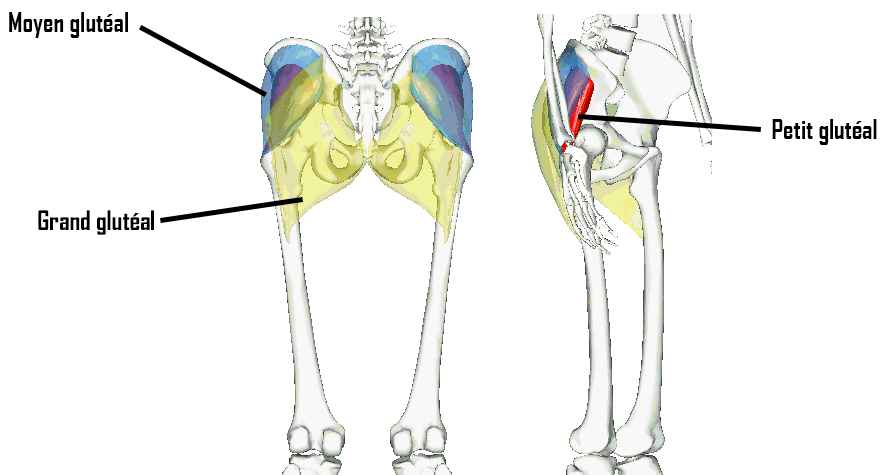
7. The pelvis survey
Arguably the most famous glute exercise. The Hip Thrust is not a specific exercise strictly speaking, but it is relatively favorable for the work of the gluteus maximus.
The buttocks muscles being powerful, it will be difficult to tire them with the body weight. Therefore, you can put your feet up to gain amplitude. On top of that, I recommend hold the contraction as long as possible.
Note that a Hip Thrust / Squat SuperSet is interesting.
8. Hip extensions
The donkey kicks is a hip extension . This is an exercise that isolates the gluteus maximus particularly well.
You can start straight leg at the start of your series before finishing knee bent to gain repetitions. Moreover, it is especially the end of the movement that is difficult, working on a small amplitude is effective in achieving muscle burn more quickly.
9. Side elevations of the leg
Now let’s talk about a specific exercise for the middle and the lesser gluteus . The gluteus medius, in addition to its stabilizing role for the pelvis, is a muscle which, once developed, gives curve to the buttocks .
There are three ways to perform lateral leg raises without equipment:
- lying on your side
- Stand up
- Knees on the ground
It is best to choose the position where you feel most comfortable. Namely that on your knees and standing, it is especially at the end of the movement that the tension will be maximum. On the other hand, the tension will be maximum from the start of the lying down movement. It is just a matter of gravity.
Note that lying down and standing, it is possible to cross your legs , in front or behind, for:
- Gain amplitude
- Recruit different areas of the gluteus medius
For morphological reasons, care must be taken not to lift the leg beyond its limits. The lack of hip mobility is not due to a lack of flexibility, but rather a bone-to-bone stopper. Forcing on it can lead to long-term pathologies.
Exercises for the lower legs, calves
As with the forearms, the length of the calf muscles is a very important factor.
Short calves (with large tendons) are useful for running, they are less energy intensive and more powerful. On the other hand, for aesthetic reasons, they will be much less impressive than large calves. Unfortunately, it is not possible to lengthen your muscle.
If you have small calves, you will have to spend a lot of time on them to be able to develop them.
We will focus on exercises primarily recruiting the two gastrocnemius , the soleus will be in all cases requested.

10. Standing calf extensions
Doing standing calf extensions is great for working your calves as a whole.
Without equipment, it is best to do the exercise unilaterally, that is, one leg at a time.
During exercise, the calf is in continuous tension. It is therefore interesting to take one or two breaks during your series, to recover and gain repetitions.
You can gain amplitude by placing a wedge under your foot, before ending up on the ground to have more power in the calf . Likewise, you can also play with the orientation of the feet to recruit different areas of the calf.
11. Muscle gastrocnemius with the bust bent
The objective here is to give more slack to the soleus to concentrate more on the gastrocmenians, those who give shape to the calves. This version is best if you have trouble feeling them, which is probably the case if you have small calves.
Performing the exercise is the same as standing. One leg at a time for more tension.
Likewise, you can gain amplitude with a wedge while adjusting the orientation of the feet to vary the sensations.
Weight training program for legs without equipment
I now suggest that you practice. For this, I have planned 3 examples of home strength training program , without equipment, to work all the muscles in your legs. I focused on one muscle group for each program.
Of course, the number of series, repetitions and the rest times are to be adapted to the level of each one.
The rest pause means that you need to take 1 to 2 mini-breaks, in order to release the burn to complete your streak. When it comes to pre-fatigue, the goal is to do the two exercises without taking a rest.
Filled quads for shapely legs
| Exercise | Series | Repetitions | Rest time |
|---|---|---|---|
| Pre-fatigue: Sissy squat + Squat | 5 | 25 + FAIL | 1min to 1min30 |
| Slotted slot | 5 | FAILED | 30s |
| Donkey Kicks (REST PAUSE) | 4 | 50 | 0s |
| Calf extension (REST PAUSE) | 5 | 50 | 0s |
Muscle strengthening of the hamstrings
| Exercise | Series | Repetitions | Rest time |
|---|---|---|---|
| Glute Ham Raise ( REST PAUSE) | 5 | 20 to 25 | 1min at 1min30 |
| Bulgarian squat | 5 | FAILED | 30s |
| Sissy Squatt (REST PAUSE) | 3 | 50 | 1min |
| Calf extension (REST PAUSE) | 5 | 50 | 0s |
Glute training
| Exercise | Series | Repetitions | Rest time |
|---|---|---|---|
| Pre-fatigue: Hip Thrust + Squat | 5 | 25 + FAIL | 1min to 1min30 |
| Lateral leg elevation (REST PAUSE) | 4 | 50 | 0s |
| Glute Ham Raise | 3 | FAILED | 1min |
| Calf extension (REST PAUSE) | 5 | 50 | 0s |
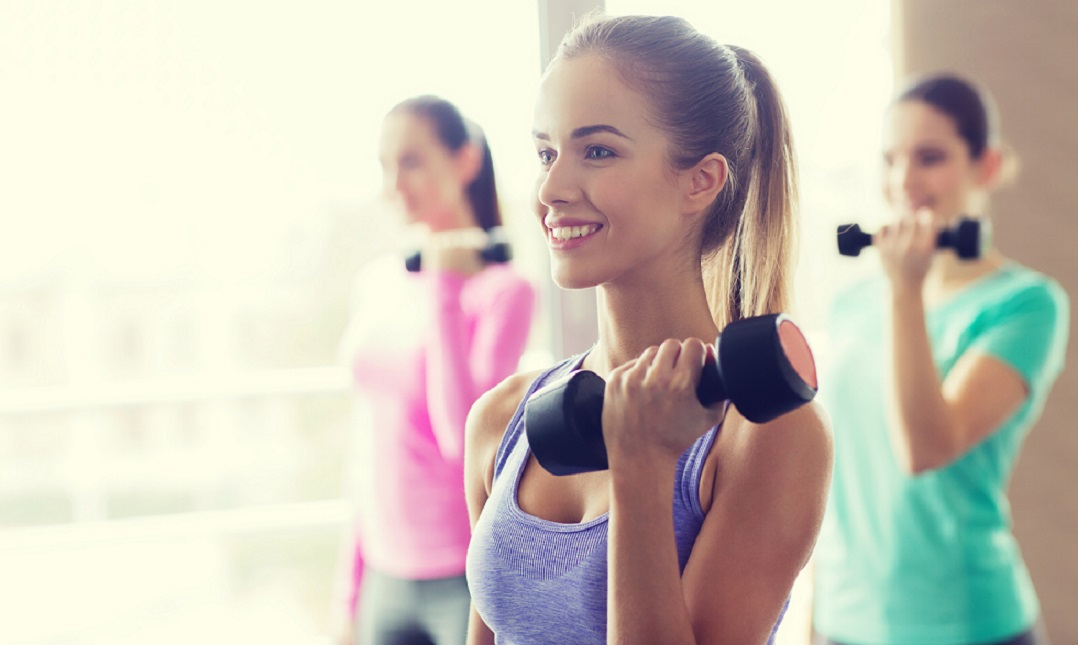

About the author